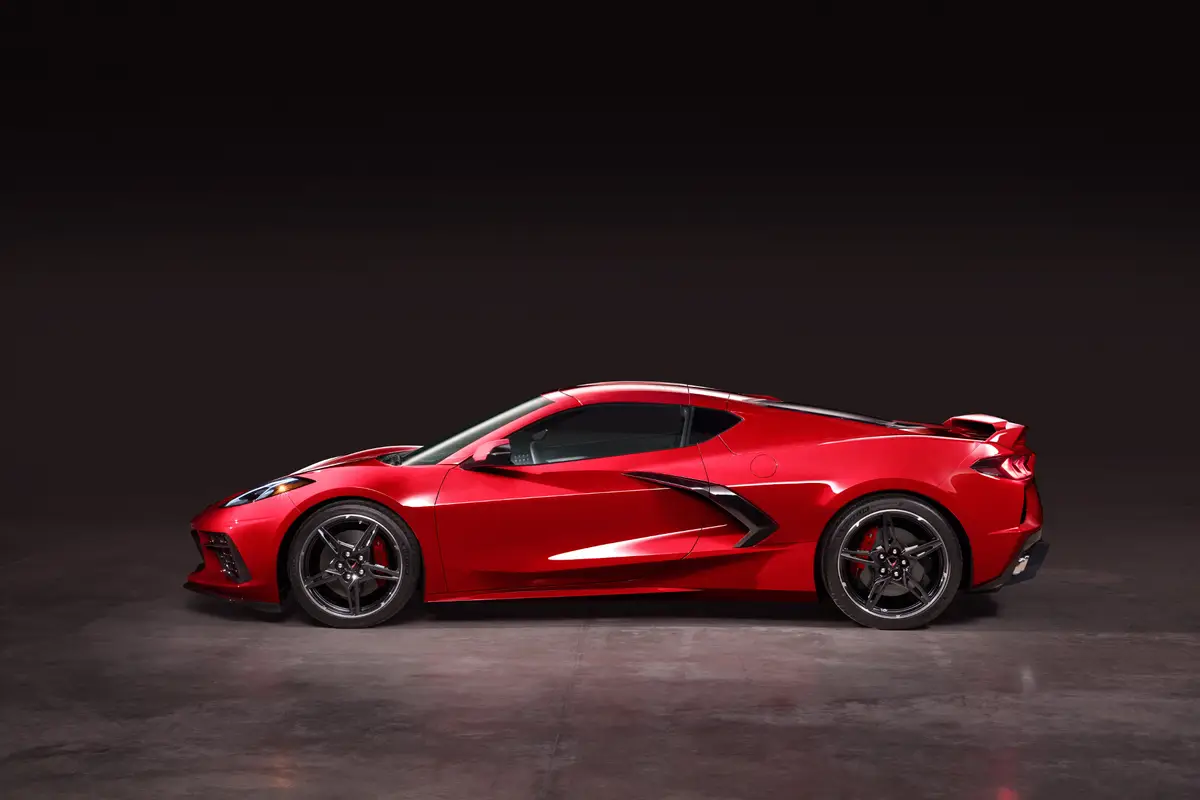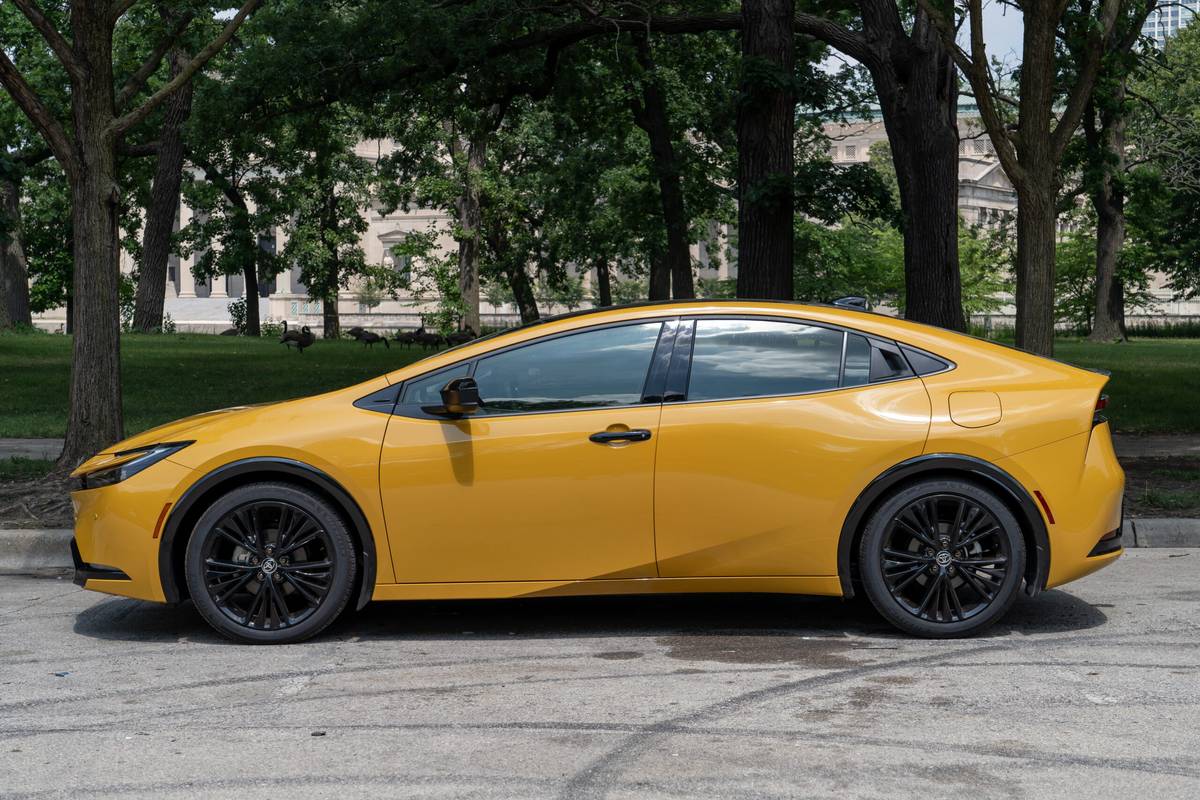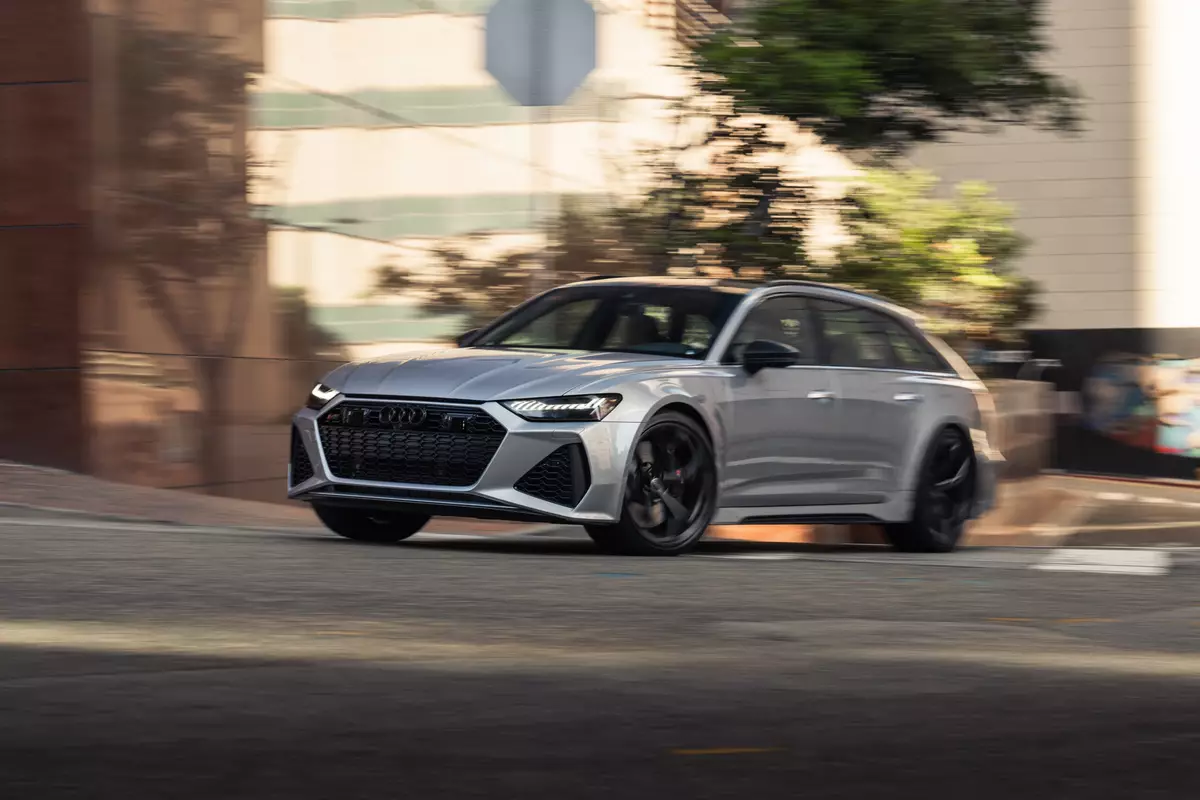Here’s What We Know About the 2020 Chevrolet Corvette


Competes with: Porsche 718 and 911, Jaguar F-Type
Looks like: An even more chiseled C7, with a bulkier tail for that newfangled mid-engine layout
Drivetrain: 490- or 495-hp, 6.2-liter V-8 with eight-speed dual-clutch automatic transmission; rear-wheel drive
Hits dealerships: Sometime after late 2019, when production begins
As the rumor mill predicted years ago, the Chevrolet Corvette drops its front-engine architecture for a mid-engine layout with its eighth generation — the C8, in enthusiast-speak. Why is this such a big deal? Because mid-engine cars offer the prospect of ideal weight distribution. With the engine behind the seats and the driver closer to the front axle, directional changes and rotation about the axis occur the most naturally.
But the architecture presents challenges to package a car around, which relegates it mostly to supercars and, occasionally, more affordable stuff. The new Vette might dance relatively close to the latter category, as parent company GM promises a starting price of less than $60,000 when it goes on sale. That keeps with the outgoing Corvette, which began in the high $50,000s.
Related: 2020 Chevrolet Corvette Stingray: 8 Fast Facts About the Fastest Vette of All Time
The mid-engine architecture leads a long list of changes for a car that GM calls the “fastest, most powerful entry Corvette” in the nameplate’s 67-year history. The 2020 Corvette Stingray is the tip of a C8 iceberg that will doubtless see higher-performance variants — think Corvette Z06 or ZR1 — in the years to come. But it all begins with the Stingray, whose production kicks off in late 2019. Sales will begin “shortly thereafter,” GM spokesman Kevin Kelly told Cars.com.
- ${price_badge()}
- ${ami_badge()}
- ${battery_badge()}${ev_report_link()}
- ${hot_car_badge()}
- ${award_badge()}
- ${cpo_badge()}
${price_badge_description}
${ami_badge_description}
The EV Battery Rating is based on this vehicle's current expected range relative to the vehicles expected range when new. ${battery_badge_text}
This vehicle is certified pre-owned, backed by a manufacturer warranty, and typically undergoes a rigorous multi-point inspection to ensure quality and reliability.
This vehicle is currently in high demand given its competitive price, desirable features, and overall condition, and may have a higher chance of selling quickly.
${award_blurb}
${award_two_blurb}
Shop the 2019 Chevrolet Corvette near you


Exterior
Six years ago, the C7 elevated Corvette styling to chiseled, exotic-car aggressiveness. The C8 keeps the same playbook, which is to say passersby might mistake it for something from Italy. A stretched bumper accommodates three massive portals, with LED-piped headlights snaking up the fenders above. Farther back, the roofline slopes gently toward a longish tail that accommodates the mid-mounted engine — a big, longitudinal V-8, enthroned in color-coded glory beneath the liftgate glass. It sits just ahead of a space to tuck the removable roof panel or, combined with more storage beneath newly vacant space under the hood, fit two golf bags.
Similar to the C7, the C8 has a lot going on in back. Creased taillights peak out between a raised, multitier spoiler above and outboard bumper vents below. A dark, lower portion of the bumper houses more vents and ledges, with quad tailpipes split wide rather than the center-mounted pipes the Corvette has employed for some time.
At lower speeds, a new, front-suspension lift system can raise the front end 1.6 inches in about three seconds to protect against bumps. It’s programmable by GPS to lift the front end in the same area should you frequent the same bumps.
Interior
Supercar styling descends on the interior, which takes the C7’s driver-centric layout to new heights. There’s a veritable wall between driver and passenger now — a prominent ridge that descends from dash to center armrest, with a single row of climate controls perched atop. Controls are otherwise sparse, with a driver-tilted multimedia display branching off the 12-inch virtual instrument panel. Below the screen is a controller for six drive modes, plus a pod of buttons and pull-tabs for the automatic transmission.
As facilitated by the architecture, the cockpit sits closer to the front axle; GM says it’s forward 16.5 inches versus that of the C7. The automaker also claims the low dashboard maximizes forward visibility, with genuine leather and metal in various areas. Shoppers can choose from three levels of seats with increasing levels of sportiness that culminate in racetrack-ready Competition Sport chairs trimmed in carbon fiber. Regardless of seating style, GM claims another inch of rearward sliding travel for “almost double” the reclining angle.
Other available technologies include wireless smartphone charging and phone pairing via near-field communication. GM claims the Corvette’s new electronic architecture facilitates over-the-air updates, though more specifics weren’t immediately available.
Must-Know Mechanicals
As before, the Corvette has a standard 6.2-liter V-8. The next-generation engine, dubbed LT2, employs dry-sump oil lubrication, which aids track performance during high lateral loads. Impressively, it’s standard equipment, not as part of an upgrade package, as the C7 offered. The crankshaft sits lower to aid weight distribution, while a lower-profile oil pan reduces weight.
The whole of it makes 490 horsepower and 470 pounds-feet of torque, up 35 hp and 10 pounds-feet versus the outgoing base Corvette. A performance exhaust adds 5 hp for 495 hp in total, with no change in torque. The V-8 works through an eight-speed dual-clutch automatic transmission — a Corvette first. Alas, a manual transmission isn’t available.
More From Cars.com:
- 2019 Chevrolet Corvette ZR1: Fastest. Vette. Ever.
- Chevrolet Celebrates Racing History With 2019 Corvette Drivers Series
- 2017 Chevrolet Corvette Grand Sport Vetted as Daily Driver
- 2019 Chevrolet Corvette ZR1 Vs. 2018 Porsche 911 GT3
- Your Corvette Has a Removable Roof — Do You Need a Convertible?
Steering ratio has quickened to 15.7:1 versus the outgoing car’s 16.25:1. The available Z51 Performance Package adds a host of performance upgrades, including a specific axle ratio to quicken acceleration, plus enhanced cooling, uprated brakes and the performance exhaust. With it, the new Stingray can hit 60 mph in a blistering sub-3 seconds, GM says. Just how quick is that? Consider: GM claimed the prior-generation Corvette Z06 hit 60 mph in 2.95 seconds en route to a 10.95-second quarter-mile — and it needed a 650-hp, supercharged V-8 to do that. If the C8 can pull similar numbers with normal aspiration and considerably less power, that’s a monumental feat.
An electronic limited-slip rear differential governs power between the left and right rear wheels, while the latest generation of Magnetic Ride Control adaptive shock absorbers is available. The redesign gains a little mass, however: Despite numerous weight-saving measures, dry weight for the C8 — that is, weight without fluids — is 3,366 pounds, up 110 pounds versus the same measure for a 2019 (C7) Corvette Stingray with the dry-sump oil system and automatic transmission. (GM did not specify curb weight, a spec more typically given, which includes fluids like gasoline and engine oil.)

Cars.com’s Editorial department is your source for automotive news and reviews. In line with Cars.com’s long-standing ethics policy, editors and reviewers don’t accept gifts or free trips from automakers. The Editorial department is independent of Cars.com’s advertising, sales and sponsored content departments.

Former Assistant Managing Editor-News Kelsey Mays likes quality, reliability, safety and practicality. But he also likes a fair price.
Featured stories

2026 Subaru Solterra Review: Necessary Improvements


2025 Toyota Prius Review: Big on Mileage, Small on Space


